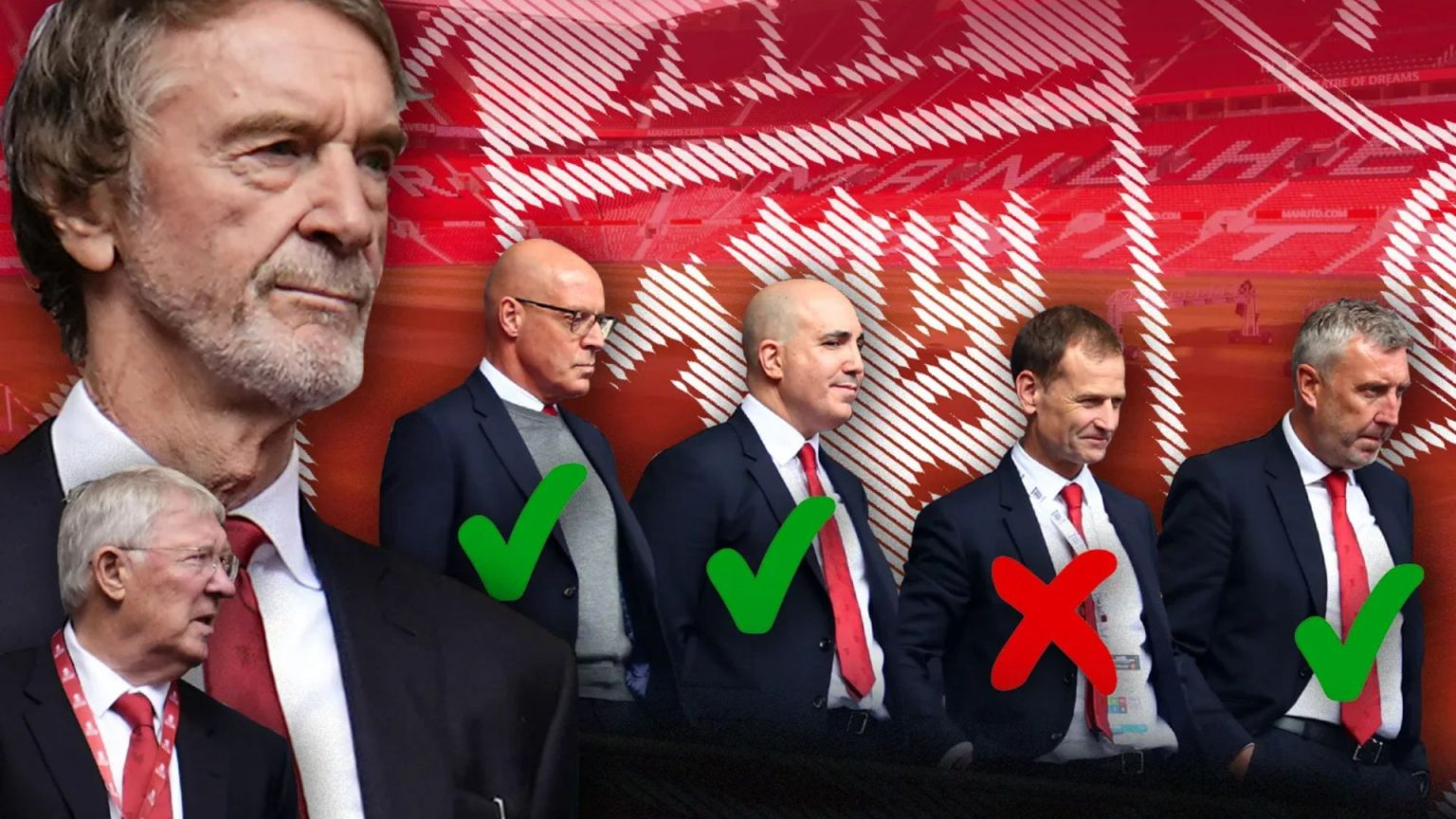Manchester United’s ambitious foray into the world of sporting directors has come to an abrupt end with the dismissal of Dan Ashworth, just five months after his appointment. Ashworth’s tenure, marked by internal power struggles and disappointing on-field performances, concluded following a 3-2 home defeat to Nottingham Forest. This short-lived experiment marks the end of the sporting director role at Old Trafford, with responsibilities now divided amongst existing senior figures: Sir Dave Brailsford, Ineos executive and close confidant of co-owner Sir Jim Ratcliffe; Omar Berrada, United’s chief executive; and Jason Wilcox, the club’s technical director. The decision to dismantle the position entirely reflects a shift in strategy, suggesting a lack of faith in the model itself after its initial failure.
A central factor in Ashworth’s departure was reportedly a significant clash with Berrada, a former Manchester City executive, over the club’s strategic direction and the pathway back to footballing dominance. This disagreement highlights the inherent challenges in integrating new leadership within established structures and potentially conflicting visions for the future. Ashworth, whose extensive experience includes roles at Newcastle, Brighton, West Brom, and the FA, now finds himself unexpectedly available, attracting the interest of rival clubs. Arsenal, currently assessing replacements for their own sporting director, Edu, are reportedly considering Ashworth as a potential candidate, fueled by his pre-existing relationship with Gunners managing director Richard Garlick.
The internal turmoil at Manchester United extends beyond just the dismissal of Ashworth. Reports suggest an ongoing blame game within the senior management team, with figures like Berrada and Ashworth initially attempting to deflect responsibility for the club’s current struggles, citing their recent arrival and inherited issues. This internal friction underscores the deep-seated challenges facing the club, both on and off the pitch. Further complicating matters are reports of differing opinions regarding managerial appointments, with Ashworth reportedly favoring a different candidate than ultimately appointed Ruben Amorim, potentially adding to the internal discord.
The fallout from Ashworth’s departure is expected to ripple through Old Trafford, with further cost-cutting measures potentially on the horizon. Despite Ashworth’s reported resistance to excessive cutbacks, co-owner Ratcliffe’s drive for greater efficiency has already resulted in 250 redundancies. The academy and women’s football sections are now rumored to be the next targets for streamlining, signaling a broader organizational restructuring aimed at fiscal responsibility. These changes suggest a significant shift in priorities, potentially impacting the club’s long-term development and talent pipeline.
Meanwhile, Ashworth’s availability has sparked interest not only from Arsenal but also from Everton, who are undergoing their own structural review under prospective new owners, The Friedkin Group. This interest underlines Ashworth’s respected standing within the footballing world, despite his brief and turbulent tenure at Manchester United. The contrasting approaches of these interested clubs further highlight the diverse strategies being employed across the Premier League, with some prioritizing experienced leadership in sporting director roles, while others opt for a more distributed model.
In conclusion, Dan Ashworth’s swift exit from Manchester United represents more than just the departure of a single individual. It signifies the failure of a strategic experiment, the exposure of internal tensions, and the potential for further significant changes within the club’s structure and operations. As the Red Devils grapple with on-field inconsistencies and off-field restructuring, the search for stability and a clear path forward remains a paramount challenge. The ripple effects of this decision are likely to be felt for some time, both within Old Trafford and across the wider landscape of English football, as clubs continue to refine their approaches to leadership and long-term strategic planning.




